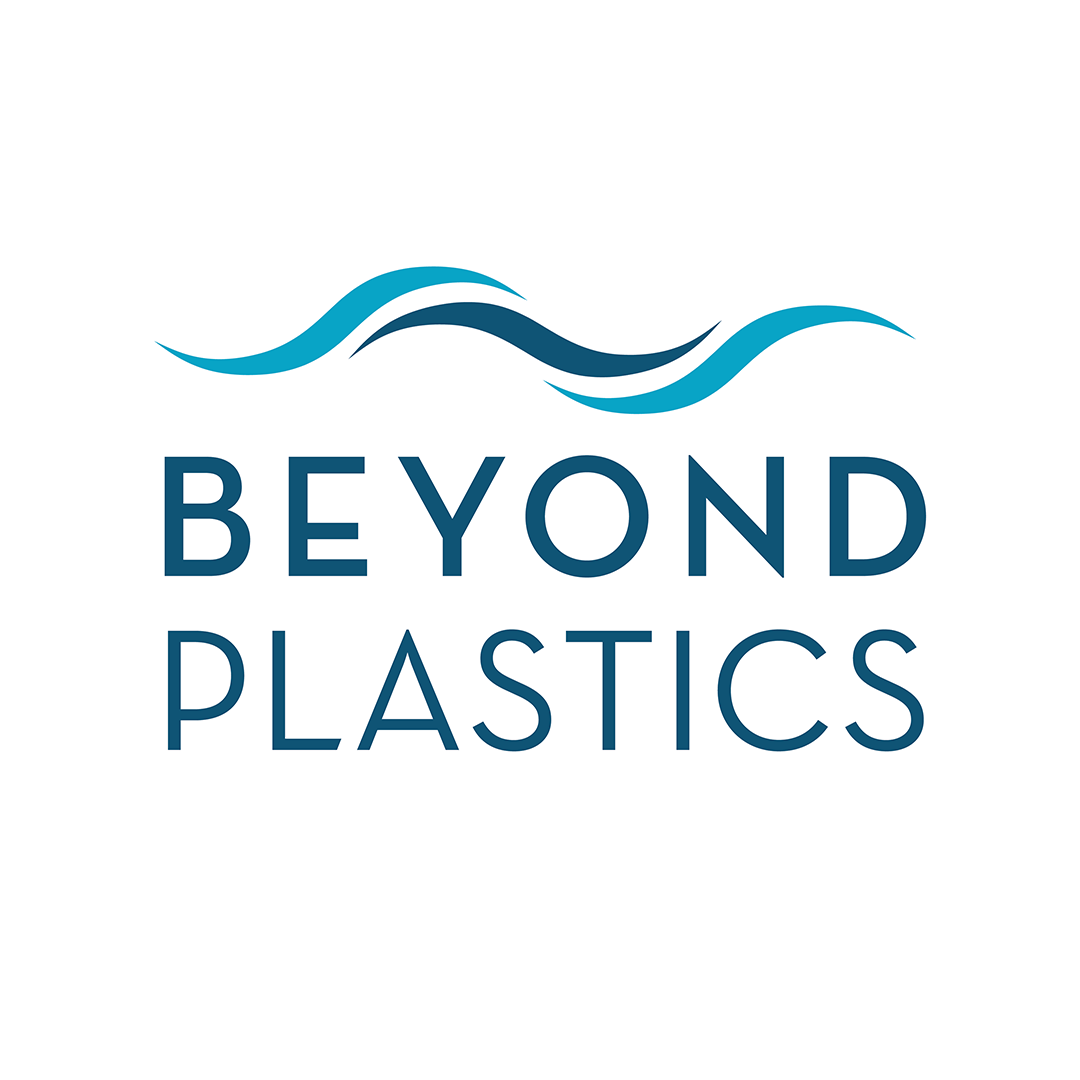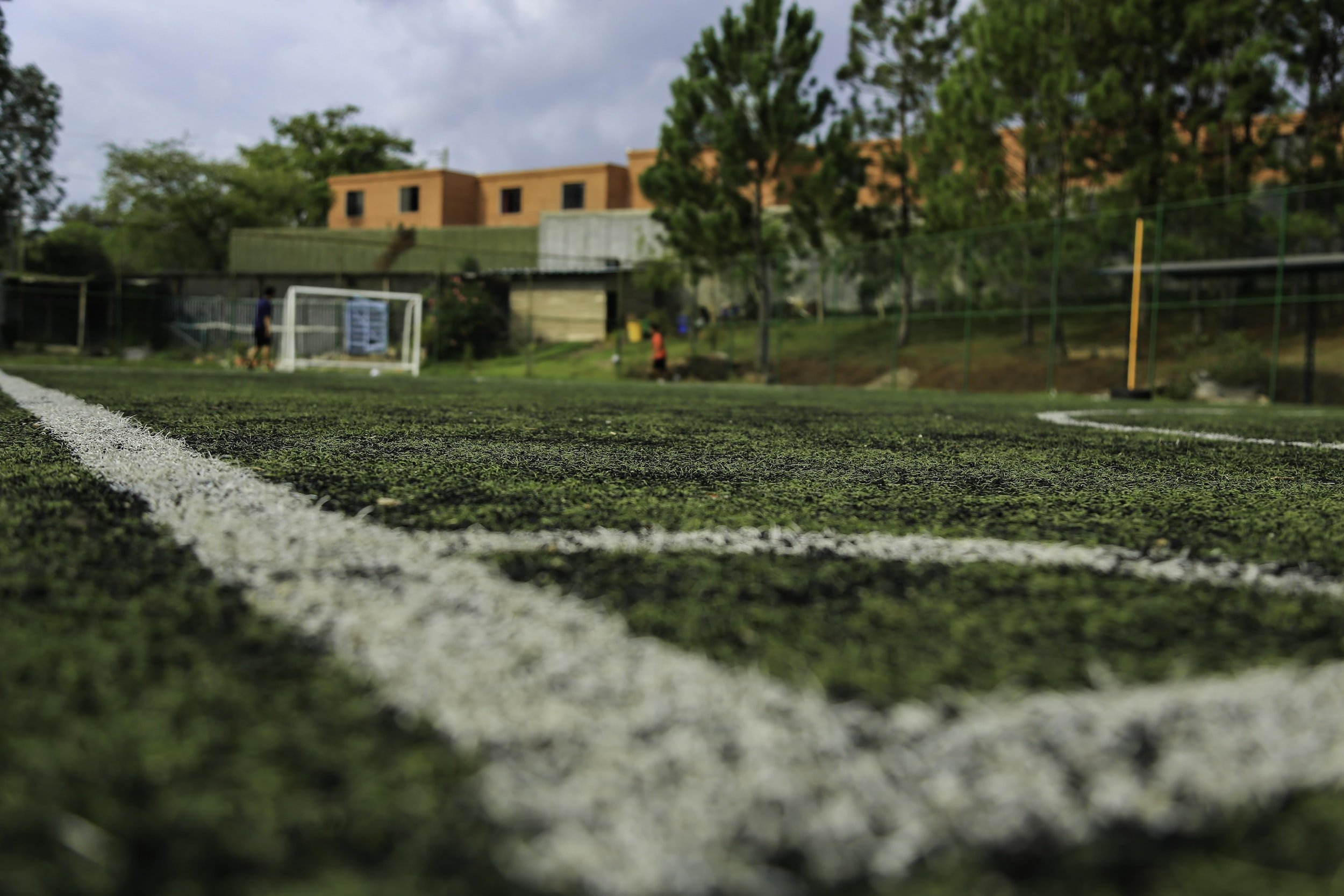Synthetic Turf is HAZARDOUS
I like to compare synthetic turf to a bad relationship . . . It gets dangerously hot, it’s toxic to everyone around me, it’s unsustainable . . . and it’s really hard to get rid of.” — Diana E. Conway, President, Safe Healthy Playing Fields, Inc.
What Is Artificial or Synthetic Turf?
Synthetic or artificial turf is a multi-layer plastic product used as a surface on athletic playing fields, playgrounds, golf courses, and residential lawns. It typically consists of:
A top layer of fibers made from plastic: nylon, polypropylene, or polyethylene and designed to mimic the look of natural grass blades.
Infill made from recycled tires (“crumb rubber”) or alternative materials which remain untested and some of which have been found to contain PFAS
A backing layer to which the blades are sewn.
A drainage layer.
Additional padding layers in some applications.
An average 80,000 sq ft. field contains 40,000 lbs of plastic carpeting and 400,000 lbs of infill. Fields average a 10 year lifespan and then need to be disposed of, which is either done via landfill or incineration, putting the surrounding community at risk for chemical exposure.
Why Is Synthetic Turf Hazardous?
High Heat
Synthetic turf has been documented to reach temperatures over 200°F on a 98°F day. Synthetic turf fields are always significantly hotter than natural grass, concrete and asphalt. These higher temperatures put users of turf at risk for skin burns and heat-related illness.
Toxic Chemicals
Synthetic turf fields have been shown to contain the following chemicals which pose a risk to human health:Benzene: known human carcinogen
Arsenic: known human carcinogen
Styrene: anticipated to be a human carcinogen
Polycyclic aromatic hydrocarbons (PAHs): anticipated to be a human carcinogen
Zinc: neurotoxicant
Cadmium: known human carcinogen
Chromium: known human carcinogen; respiratory irritant
VOCs and SVOCs (e.g. benzathiazole, hexane, toluene, formaldehyde): respiratory irritants or asthma triggers
Neurotoxicants: some are known human carcinogens
Phthalates: reproductive toxicant
Crystalline Silica: known human carcinogen; respiratory irritant
Latex: allergen
Particulate matter: respiratory irritant or asthma trigger
Additionally, due synthetic turf fields being made of petrochemical products, they are highly flammable. As a result, many fields toxic contain flame- retardants. Many also contain antimicrobials following the higher incidence of methicillin-resistant Staphylococcus aureus (MRSA) infections from playing on synthetic turf fields.
Children are especially vulnerable to the effects of toxic chemicals because of their rapidly developing organ systems and immature detoxification systems. They also breathe more air per unit of body weight than adults, and are likely to have greater hand-to-mouth exposure to environmental contaminants compared to adults.
Microplastics
The infill for synthetic turf playing fields has historically consisted of primarily crumbed used tires. Due to friction during use, UV radiation from the sun, and general environmental exposure, the plastic blades in synthetic turf breakdown into tiny pieces of plastic called microplastic. Each synthetic turf field looses 0.5 to 8.0% of its blades annually, yielding 200 to 3200 pounds of plastic waste to our environment per year. These microplastics migrate off the field into air, soil, waterways and oceans.



